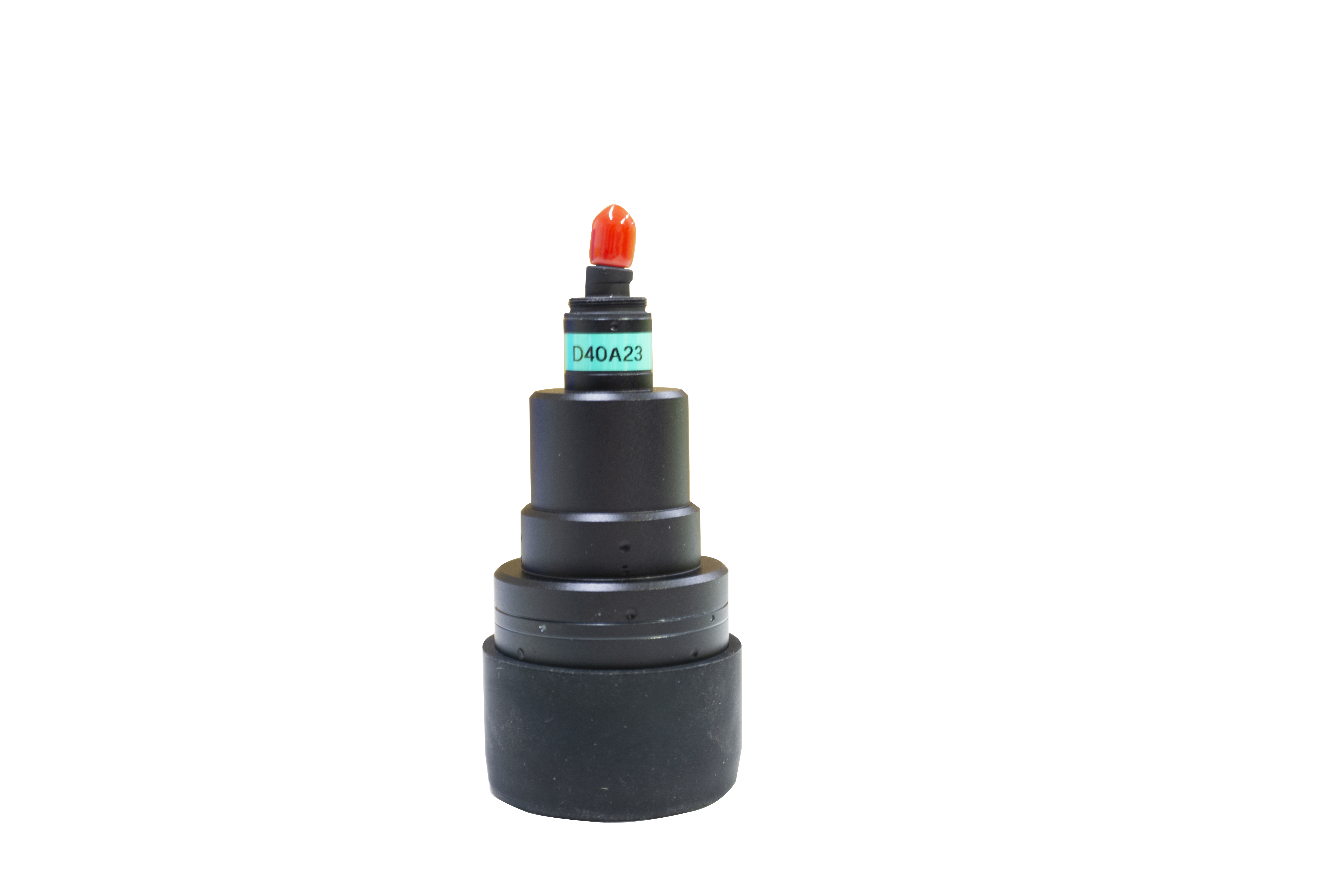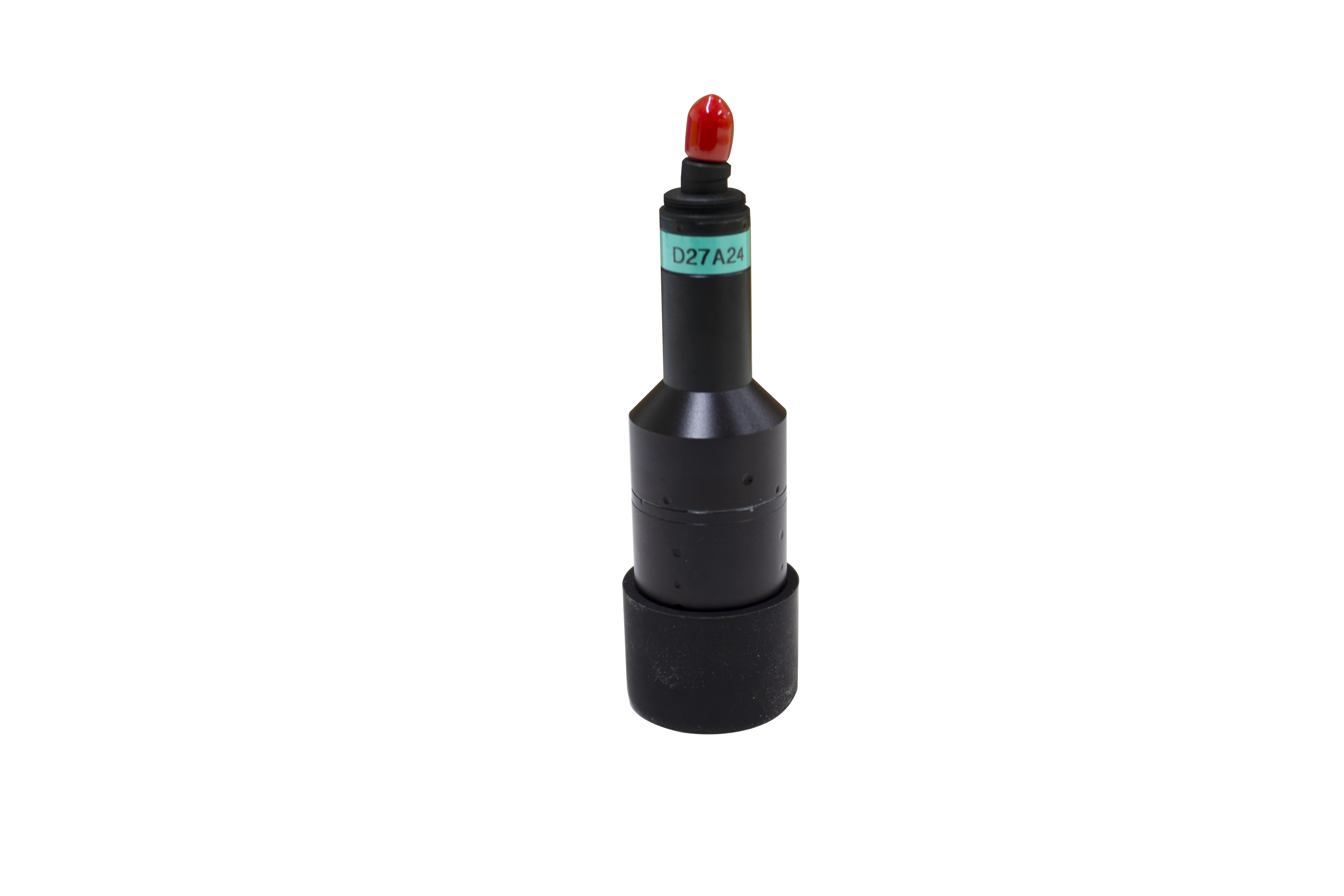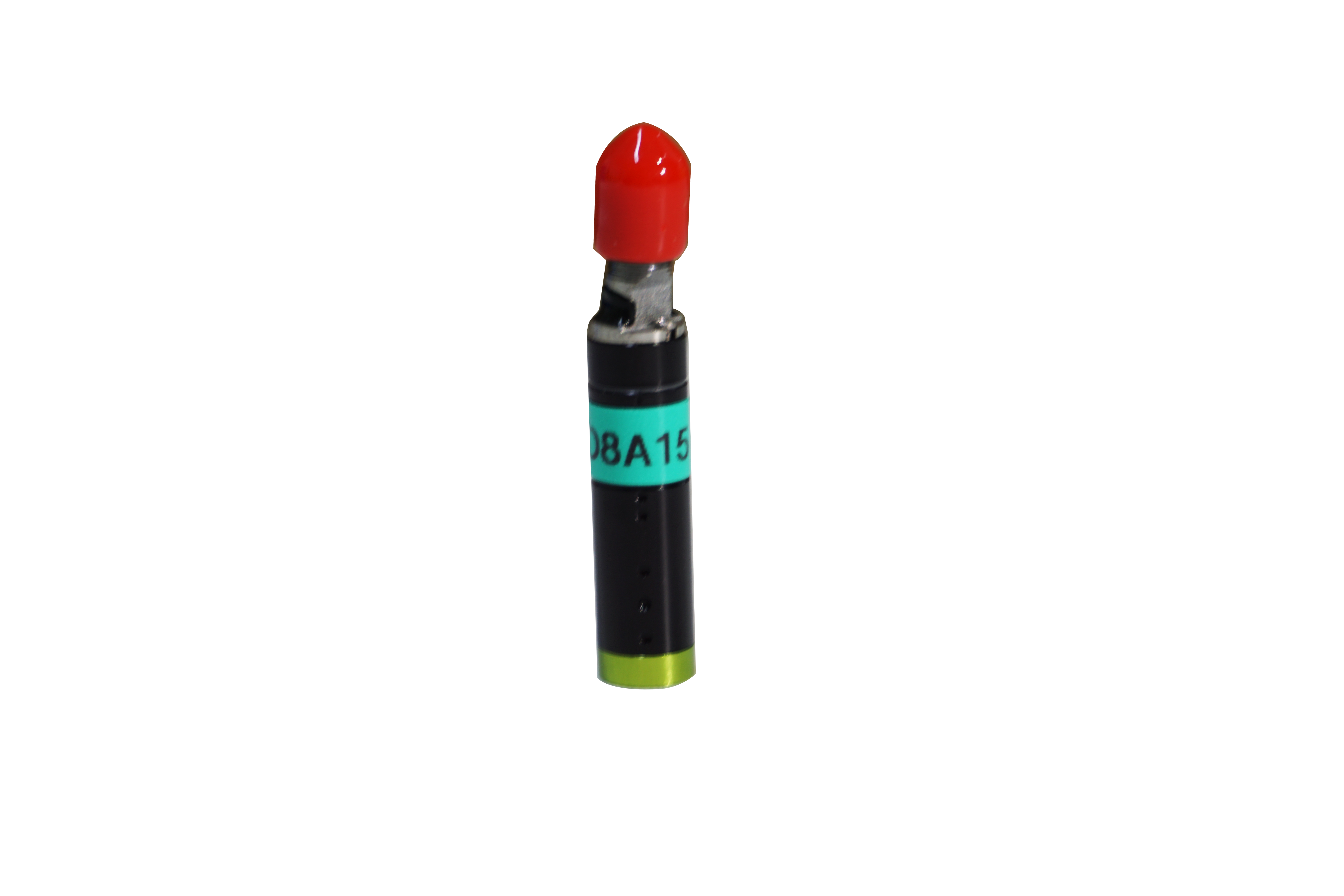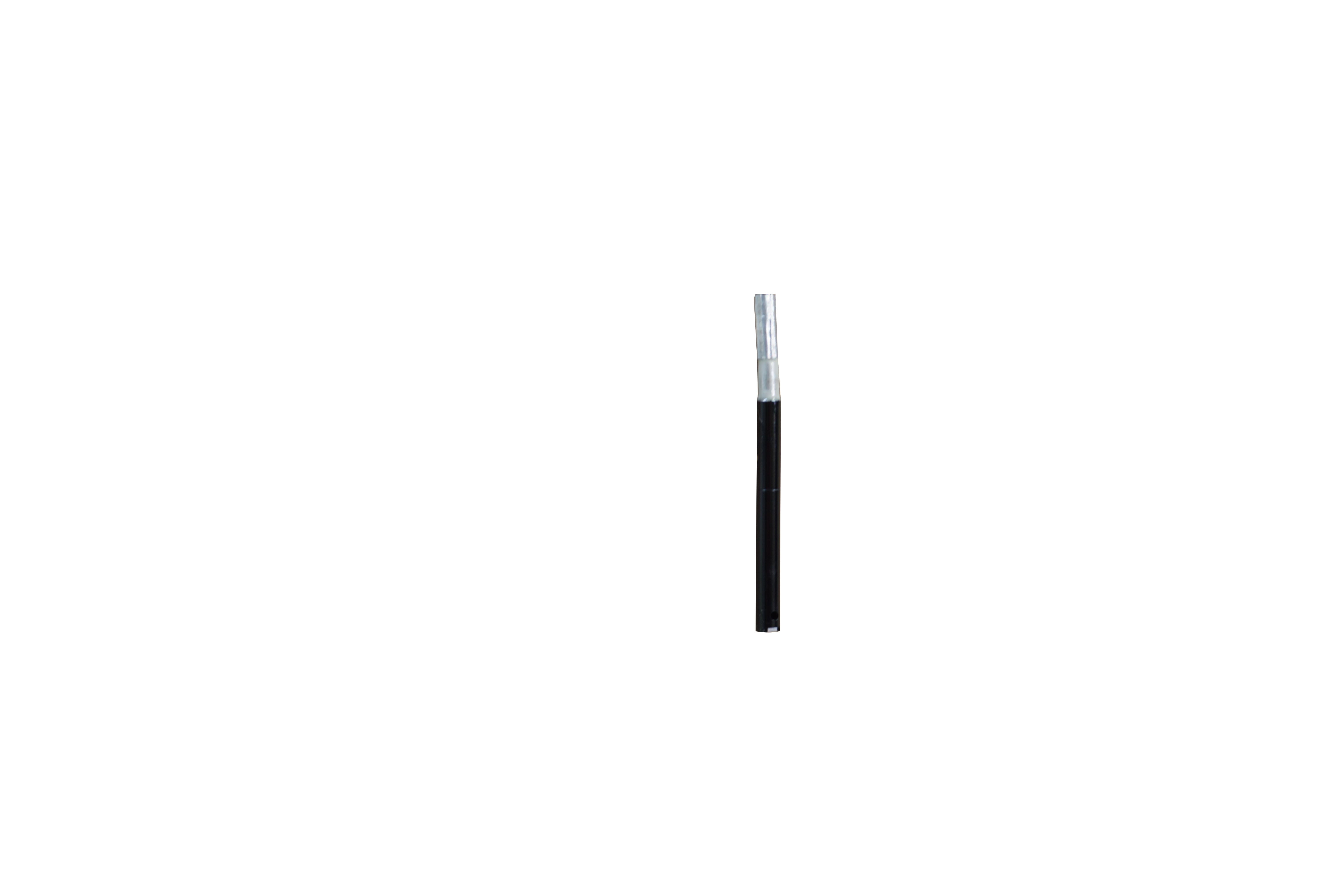2022-10-26
The displacement sensor is actually a system device, and as a measurement device, the displacement sensor plays a key role in many applications. Instruments used to measure mechanical displacement, as well as the amount of displacement changing in machines during industrial processes. Laser displacement sensors Thermoelectric reactor detectors used to measure power tend to be large in size, with high damage thresholds and power measurements ranging from milliwatts to kilowatts. Semiconductor-based photodiode detectors are not only small in size, but also have high sensitivity, and the power measurement range of high-volume laser displacement sensors varies.

How to measure the quality of a laser displacement sensor? Here we take a look:
1, wavelength power and energy measurement range
When choosing a laser displacement sensor, it is important to consider that the measuring instrument should be able to measure in an unsaturated state. In general, saturation current is the high power at peak response, and high power measurements usually use integrating spheres or optical attenuators to reduce saturation. Another important indicator of the system's coefficient is the signal-to-noise ratio at low measurable power/energy levels.
2. Failure threshold and energy density
After selecting the right probe to measure a laser or broadband light source, the next issue to consider is the fault threshold. The user needs to know the measured power and energy density so that the probe is not damaged, which requires an understanding of the size of the point and the distribution of energy. Gaussian beams have a very high power density at the top of the beam.
3. Pulse width
Most sensors have different fault thresholds depending on peak power; When the pulse energy is the same the peak power of the short pulse will be much higher than the time which is more likely to destroy the sensor. The attenuation modes available to users for applications that exceed the fault threshold include spectrometers, diffuse reflection, and neutral filters for consistency.
In summary, the quality of the laser displacement sensor is measured by the wavelength range of the sensor, the measurement range of power and energy, the fault threshold, the energy density and the pulse width. The operating range of key indicators of each type of probe and measuring instrument professionally supplied with laser displacement sensors varies greatly. The key to the selection of laser displacement sensor is to match the output parameters of the laser or light source with the indicators of the detector and the instrument, that is, the indicator of the measuring instrument should cover the output parameters of the laser.



